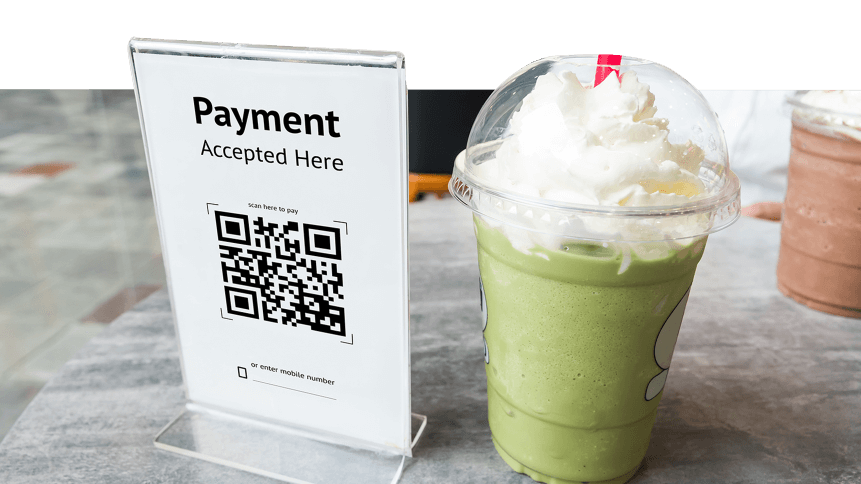No cash, no card – is it time for the mobile payments take over?

E-payment is up for world domination as statistics reveal increasing penetration in various markets.
According to Capgemini, cashless payment in the US is predicted to meet up to US$184.5 billion in transactions this year. Meanwhile, the mobile-first Asian markets are estimated to rise by 30 percent, amounting to US$208.7 billion.
In Asia, mobile payment is ubiquitous. Alibaba’s Alipay — one of China’s dominating e-payment platforms — is so common in the region citizens use it to purchase groceries to online services, contributing to a US$16 trillion market. Last year, the tech giant launched an international e-wallet to allow foreigners to enjoy the use of mobile payments in the country.
In comparison, Western and Central Europe lag behind with mobile payments – just one out of five consumers use e-wallets, with the number falling to just 6 percent in Scandinavian countries like Sweden.
Interestingly, the term ‘e-wallet’ is often used as a synonym for services like PayPal in Europe, contrary to the more robust definitions of e-wallet features in the East. The concept may be perceived differently in Europe; out of the 25 percent of online transactions that use mobile wallets, over 70 percent of those transactions were via PayPal.
The reason behind the cooler reception of e-wallets is partly down to competition with the spread of contactless cards in Europe, coupled with sluggish uptake from merchants.
However, this could be about to change. E-wallets are catching up in the US and Europe as a generational shift takes place. Modern consumers prefer to leave their wallets home when they go out to shop. They increasingly prefer mobile payments and digital wallet services for both online and in-store purchases.
YOU MIGHT LIKE

Gait analysis — a step too far for payment tech?
As companies remove friction from the shopping experience and offer extra value for e-wallet shoppers, loyalty to the next-gen payment will strengthen and spread. A majority of e-wallets have their own reward program that offers incentives, discounts, and cashbacks to appeal to users but also to retain a competitive edge.
For merchants, this provides unique opportunities for collaboration and partnerships to strengthen their brand and products to a wide range of consumers. Merchants can operate at reduced costs with the removal of checkout points and labor.
For closed-loop mobile payments, retailers can experience even lower operational costs as transaction fees are out fo the equation.
Meanwhile, the movement towards digital transactions will result in higher transparency and security. In addition to biometric verification (fingerprints and soon, gait), financial information stored on e-wallets can be encrypted, which makes sensitive data harder to hack into.
At this rate, the value of e-wallets is gaining prominence in Europe. However, increased regulations and initiations are essential to spur the adoption of digital wallets and connect the region’s thriving yet fragmented mobile payment landscape.









